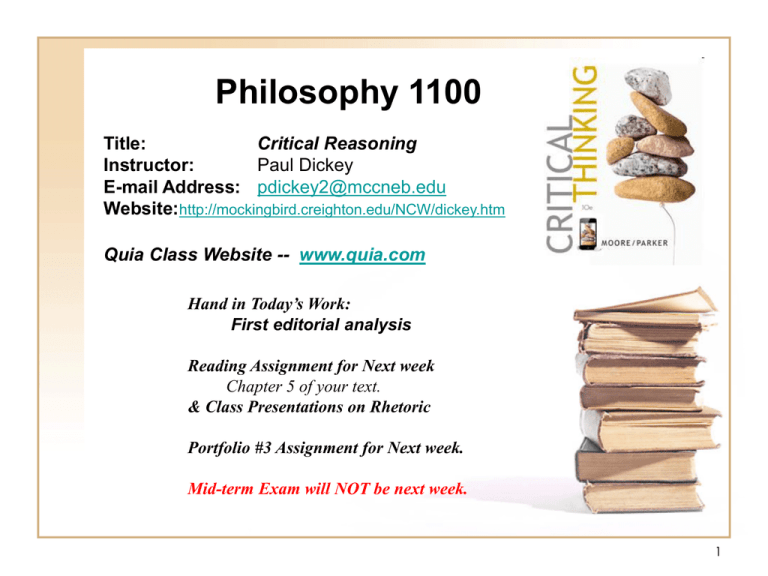

For one may know what has been put into the poet, and recognise the objets in the stew, but the juice in which they are sustained must be regarded with a peculiar respect because they are all in there too, somehow, and one does not know how they are combined or held in suspension. “…behind this notion of the word itself, as a solid tool rather than as a collection of meanings, must be placed a notion of the way such a word is regarded as a member of the language this seems still darker and less communicable in any terms but its own. ‘Ambiguity’ itself can mean an indecision as to what you mean, an intention to mean several things, a probability that one or other or both of two things has been meant, and the fact that a statement has several meanings… To be less ambiguous would be like analysing the sentence about the cat into a course of anatomy” (6). This is a scale which might be followed continuously. “a word may have several distinct meanings several meanings connected with one another several meanings which need one another to complete their meaning or several meanings which unite together so that the word means one relation or one process.

Clearly this is involved in all such richness and heightening of effect, and the machinations of ambiguity are among the very roots of poetry” (3).

“these reasons, and many more…must all combine to give the line its beauty, and there is a sort of ambiguity in not knowing which of them to hold most clearly in mind. “The fundamental situation, whether it deserves to be called ambiguous or not, is that a word or a grammatical structure is effective in several ways at once” (2).Įmpson finds nine ways to read Shakespeare’s line “Bare ruined choirs where late the sweet birds sang,” and each is effective. Ambiguity is, for Empson, “any verbal nuance, however slight, which gives room for alternative reactions to the same piece of language.”


 0 kommentar(er)
0 kommentar(er)
